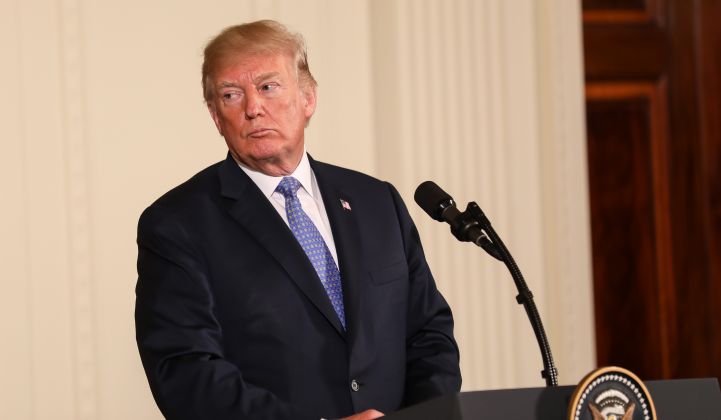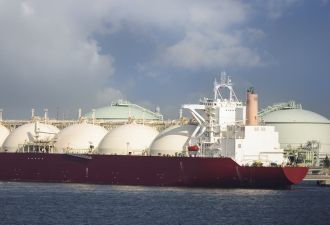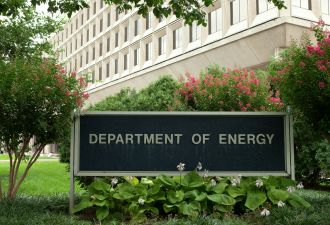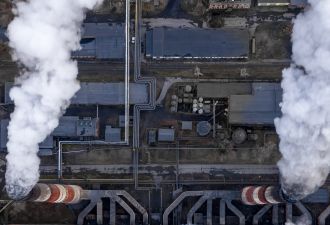A court this week again rebuffed the Trump administration's efforts to put tariffs on imported bifacial solar modules.
A Wednesday ruling from the United States Court of International Trade means the federal government must continue to allow bifacial solar panels to enter the U.S. duty-free, despite the administration’s repeated attempts to include them in its solar tariffs.
U.S. utility-scale solar developers have been excited to install cutting-edge bifacial panels, which enhance efficiency in certain environments by absorbing light from above and from reflection off the ground. But the technology, the majority of which is manufactured overseas, has suffered from policy whiplash since last year.
The Trump administration included bifacial panels in the Section 201 import tariffs that it placed on solar cells and modules in January 2018. But it granted a tariff exclusion to bifacial solar panels produced outside China and Taiwan in June 2019.
That change of heart proved short-lived: The administration revoked its exclusion in October 2019, providing just 19 days' notice. Developer Invenergy Renewables, along with the Solar Energy Industries Association, Clearway Energy and AES Distributed Energy, promptly challenged the government’s withdrawal, arguing it did not allow for sufficient public comment. They won a preliminary injunction in court, which allowed developers to continue importing bifacial panels tariff-free while the case continued.
The administration tried to revoke the exclusion again in April, but that bid was not enough to convince the court to drop the injunction.
Court instructs the government to follow the law
The U.S. Court of International Trade said in its new ruling that the government “has not met its burden of showing sufficiently changed circumstances” to warrant an end to the temporary injunction the court granted in December.
“The court takes no position on the efficacy of the exclusion or a decision to withdraw the exclusion in providing protection to the domestic solar industry,” reads the ruling. “Instead, the court merely continues to require the government to follow its own laws when it acts.”
In response to the ruling, the U.S. Trade Representative suggested it would soldier on with efforts to tariff bifacial products, which the administration sees as a way to insulate the domestic solar industry from international competition.
“The solar industry and the jobs it represents are important to this country, and USTR will take all necessary and appropriate steps to ensure that its safeguard relief is effective,” the U.S. Trade Representative said in a statement on the decision.
The administration’s wider solar tariffs are set to dissolve in 2022, but President Trump has the authority to modify them. A midterm review of the tariffs’ impact, completed by the U.S. International Trade Commission this winter, has been passed on to the president. It’s unclear if and when Trump will act on the results, and if that may impact the bifacial solar exclusion.
“How the bifacial exclusion fits into the midterm review is an open question,” Dan Whitten, SEIA’s vice president of public affairs, told Greentech Media.
Two sides to the issue
The bifacial exclusion itself has divided the U.S. solar industry.
Developers eager to use bifacial panels argue that a lack of bifacial manufacturing capacity in the U.S. means those imported panels don’t compete with U.S.-produced goods; a tariff can't protect a domestic industry that doesn't exist. Meanwhile, solar manufacturers with U.S. bases, such as Hanwha Q Cells, insist that the imported product undercuts the market for their American-made products.
SEIA, which supports the exclusion, is optimistic that it will remain in place — for now.
“Companies have gotten benefit out of it, and on an industrywide basis, it’s been positive,” said Whitten. “The bottom line is it’s providing equipment that our companies need to help create jobs and investment into the economy. [...] The longer the exclusion stays in place, the better it is for companies.”
SEIA has no illusions that the administration will drop the fight to institute the tariffs, however, noting USTR’s promise to pursue further action. “It certainly suggests that…this is not the last word on the issue,” said Whitten.




